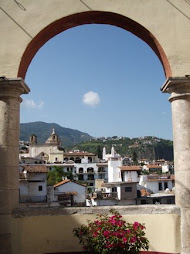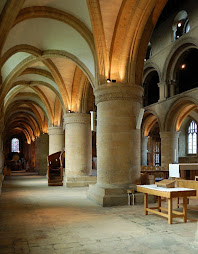This gate includes the Bahasa greeting "Selamat Datang" or "welcome."
People in Bali traditionally live in a family enclosure called a kampong (translated elsewhere in Bahasa-speaking regions as "village"). The compounds include numerous buildings for sleeping and cooking and farming, and though extended families often live together, they can spread out inside across multiple houses. The Hindu heritage of Bali means that each kampong contains any number of shrines including a seat for a deity beside the principal entrance and usually a small sacred precinct inside. Additionally, small offerings are placed daily in front of the doors of individual buildings. Here are some of the elaborate doorways that we saw around Ubud during our holiday. Click the link at the bottom left to see all the pictures.
Many kampong entrances have been modified to accommodate Bali's ubiquitous motorbikes. A Chinese-inspired alternative to the more popular chair-style shrines can be seen at left.
A kampong portal wedged between shops along the road.
"Om Swastiastu" written overhead means "May God bless you."
The architectural features of the gateways vary widely, and guardian sculptures are often given personal accoutrements like a sarong. This prosperous dwelling has two chair shrines flanking the door.
A simpler doorway in the hills outside of town leads to thatch-roofed buildings.
This kampong has a secondary entrance suitable for larger vehicles.
Gateways into public temples share many of the same features as the kampong entrances but with much more elaboration and sculpture. The umbrella in the foreground shades and honors the entrance shrine on the far right.
.jpg)
.jpg)
.jpg)
.jpg)
.jpg)
.jpg)
.jpg)
.jpg)







.jpg)
No comments:
Post a Comment